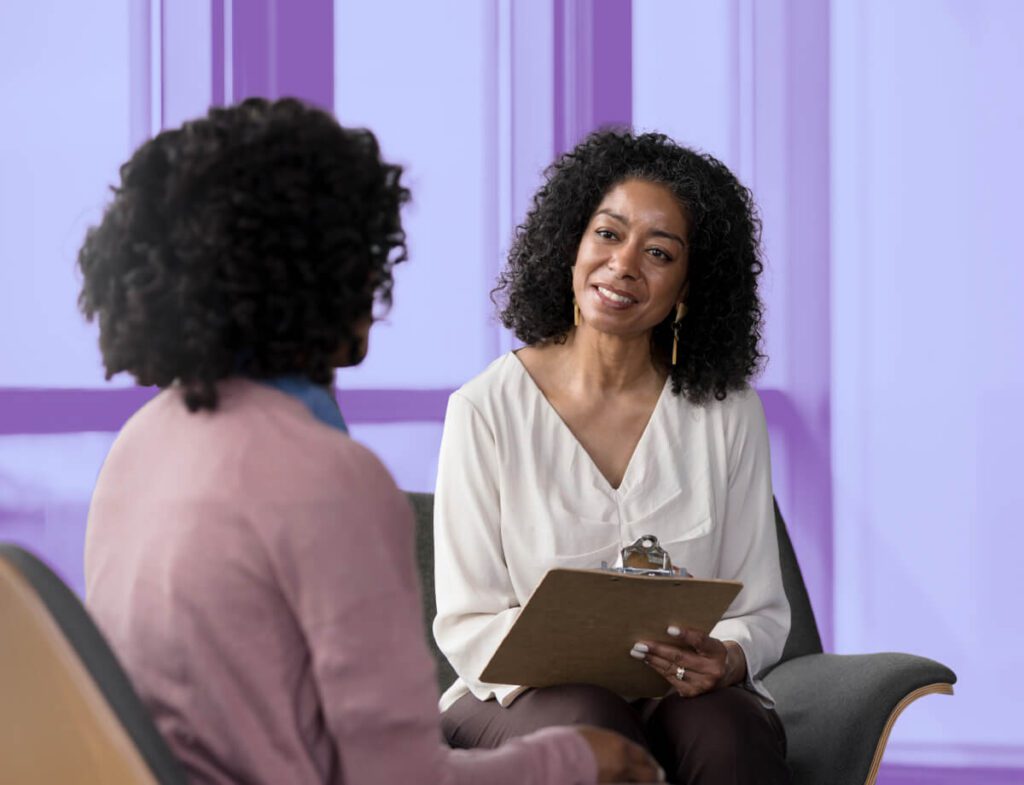Giving Days inspire supporters to make donations to their favorite nonprofit organizations. Because of this, it’s important to leverage Giving Day strategies that help your nonprofit raise awareness for its purpose and increase giving. One such strategy is by acquiring a Giving Day sponsor.
Sponsors can benefit your nonprofit in a variety of ways, such as by providing funding for events, donating items for an auction, sourcing volunteers, and promoting your Giving Day fundraiser to their networks.
When it’s time to line up a Giving Day sponsor, keep these five tips in mind:
1. Strategically target potential sponsors.
Sponsorship is a form of marketing for most businesses. It is a way for a business or individual to put their name behind something they believe in or an initiative that makes their community better. It also helps businesses differentiate themselves from their competitors by giving back to the community and demonstrating their interest in supporting social good. Examine your pre-existing relationships with businesses to see if they have any corporate social responsibility initiatives or a history of sponsoring nonprofits. If they do, that’s a good sign that they may be open to sponsoring your nonprofit’s Giving Day campaign. Additionally, evaluate what types of organizations your potential partner tends to support to get an even better picture of how they would respond to your request. If you’re looking outside of pre-existing relationships, consider businesses that work in a similar vertical to your nonprofit. For example, if you work at a soup kitchen feeding people experiencing food insecurity, you might reach out to local restaurants for sponsorship.2. Consider timing when making requests.
Most corporations make their sponsorship decisions during the last quarter of the year, making it the perfect time to ask for end-of-year sponsorship. However, they will likely require a few months for decision-making, so be sure to get them your proposals well in advance. If you’re asking a small business or an individual for sponsorship, allow for around two months of lead time. For larger corporations, you may want to make your appeal three to four months in advance. You want enough time to follow up if you do not get a response and to get necessary items from them, such as logos if you need to create printed materials.3. Offer your sponsor unique perks.
Usually, when nonprofits ask businesses to sponsor them, they’ll offer perks to the business as an incentive. A common perk is media coverage and recognition, which helps businesses build brand awareness and associate themselves with the nonprofit’s positive impact. You can spice things up by offering perks that are unique and specific to your nonprofit. For example:- If your nonprofit is an animal shelter, offer a dog walking or cat grooming day to the company’s employees and their families.
- If your nonprofit is a food pantry, offer special goodie bags to your beneficiaries with the sponsoring company’s logo on them.
- If your nonprofit supplies books and school supplies to children in need, allow the business to choose some of the books you supply.
4. Personalize sponsorship requests.
Another way to set yourself apart from other nonprofits is by personalizing your sponsorship requests. Much like with your nonprofit’s donors, you want to make sure potential sponsors feel valued. This is an opportunity to build a strong, long-lasting relationship, so you’ll want your communications to reflect that. You can begin by contacting the marketing department of the business followed by the community affairs and public relations departments to identify who you should be contacting with a sponsorship request. After you identify this individual, try to schedule a face-to-face meeting or a phone call to make your sponsorship request more personal.5. Create an engaging sponsorship proposal.
Part of a successful Giving Day sponsorship request is having an engaging sponsorship proposal that appeals personally to your potential sponsor. Be sure to include:- Your nonprofit’s purpose
- The impact your nonprofit makes on your beneficiaries
- Details about your Giving Day activities and fundraising
- The perks businesses will receive when sponsoring your nonprofit
- Specific monetary amounts for sponsorship
Giving Day sponsors: Putting it all together
Acquiring a Giving Day sponsor can be greatly beneficial to your nonprofit organization’s fundraising efforts. Remember that this partnership shouldn’t take over your Giving Day activities—instead, it should support them. Focus on keeping your events centered on your beneficiaries and supporters, and leverage these five tips to increase number of businesses that will partner with you.
Ready to Get Started?




